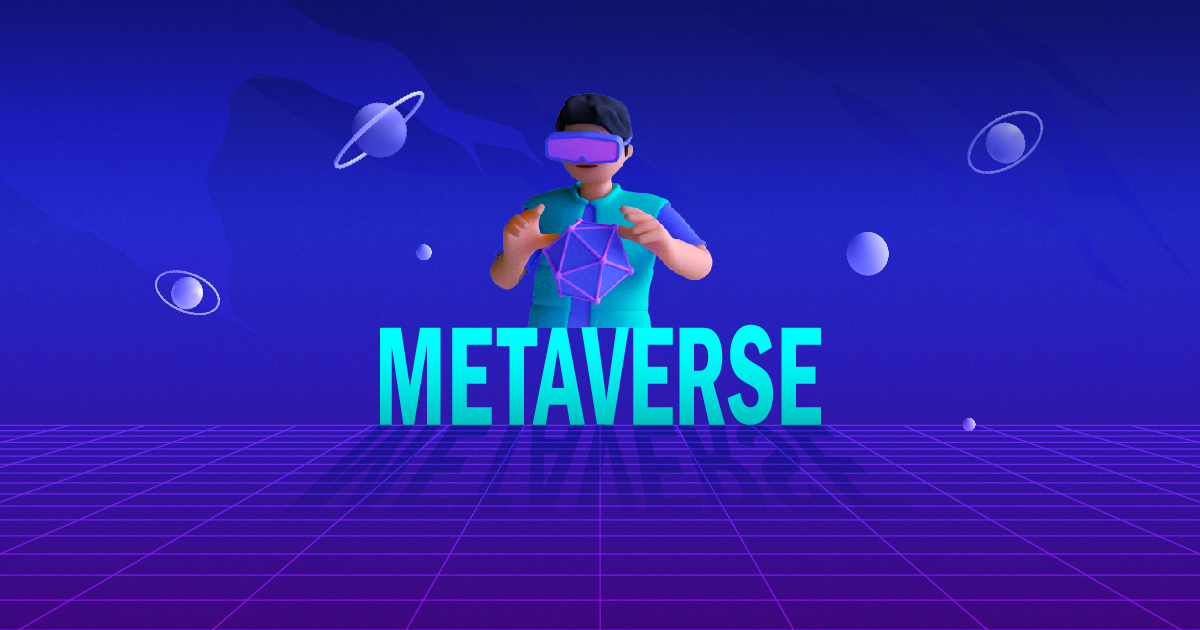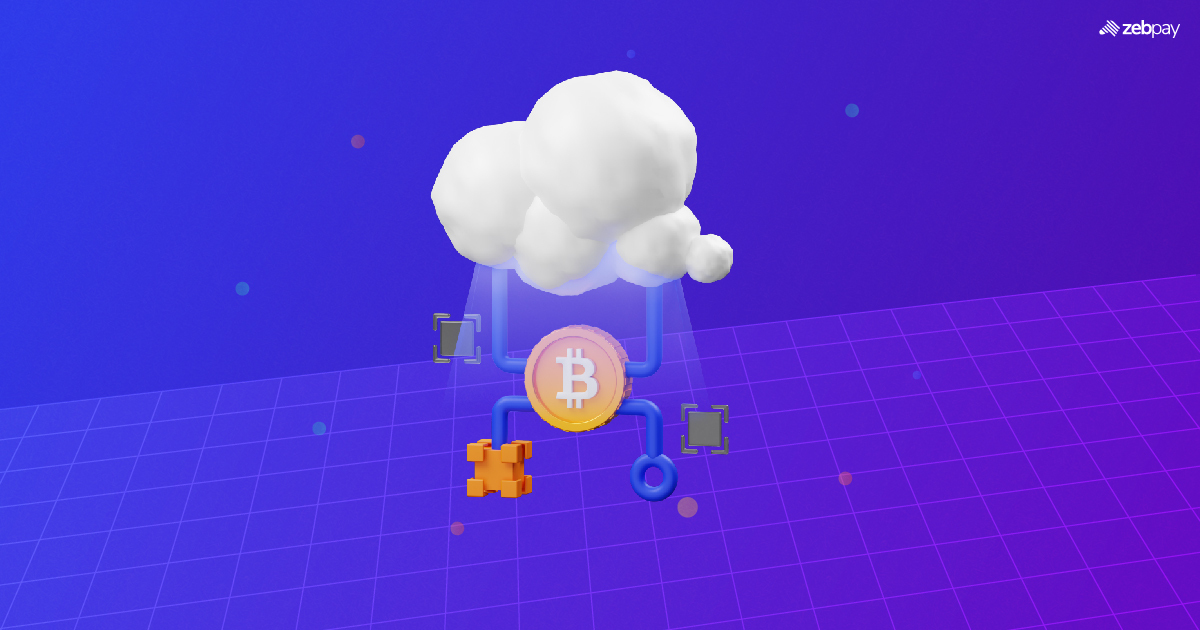The metaverse is an emerging 3D-enabled digital space that utilizes virtual reality, augmented reality, and advanced internet and semiconductor technology to provide realistic personal and business experiences online. Drawing on artificial intelligence (AI) and evolving 3D visual technologies, the metaverse establishes a sense of physical space in the digital realm, often referred to as the “Internet of Places.” Augmented reality (AR) and virtual reality (VR) technologies enhance the physical world by overlaying digital elements or creating digital replicas of real spaces, offering creative possibilities for interaction and engagement.
The metaverse has the potential to significantly redefine our understanding of reality and self. It is crucial to examine the societal impact of the metaverse from various perspectives, including psychology, personalization and advertising, avatars, spaces, rules, culture, jurisdictions, communication, and ideologies. The metaverse, when approached thoughtfully, can serve as a positive force by promoting accessibility, diversity, and equality.
Despite its promising potential, caution is necessary, and ethical design and governance principles should be applied to prevent the development of virtual reality (VR) addictions and the erosion of real-life social skills. This blog will delve into the metaverse’s key technological drivers, use cases, societal impact, and challenges to unveil its future.
Read more: What is Metaverse
Historical Context and Emergence
The term “metaverse” was initially introduced by science fiction author Neal Stephenson in his 1992 novel “Snow Crash.” Described as a virtual reality space in which users could interact with each other and computer-generated objects, Stephenson’s concept laid the foundation for today’s virtual reality platforms and multiplayer online games.
The idea of the metaverse gained traction in the 1990s, coinciding with the internet’s emergence and the surge in online gaming. In 1995, Worlds Inc. launched “WorldsChat,” a virtual world enabling 3D interactions. The success of WorldsChat inspired the creation of other virtual environments, including the notable Second Life, introduced in 2003.
Second Life marked a significant leap forward for the Metaverse, offering users the ability to craft avatars, own virtual property, and engage with others in real-time. This platform allowed users to generate and share their content, advancing the evolution of the metaverse.
A pivotal moment followed with the introduction of virtual reality platforms like Oculus VR, acquired by Facebook in 2014. These platforms allowed users to immerse themselves in virtual environments, delivering a more realistic and immersive experience compared to traditional 2D virtual worlds.
Recent years have seen heightened interest in the metaverse, driven by the ascent of blockchain technology and non-fungible tokens (NFTs). Blockchain enables decentralized virtual worlds, empowering users to own and trade virtual assets using cryptocurrency. The advent of NFTs has introduced uniqueness and scarcity to virtual assets, offering creators new opportunities to monetize their content.
Key Technological Enablers
Blockchain technology serves as the foundation of the metaverse, with most applications relying on blockchains. It fundamentally provides the decentralization and transparency essential for the metaverse’s functionality. Through blockchain technology, developers can seamlessly incorporate various functions within the metaverse, including digital ownership verification, value transfer, governance, digital collectability, accessibility, and interoperability.
Artificial intelligence has become an integral aspect of our daily lives, evident in devices like Alexa, Siri, and AI-powered chat tools.
In the metaverse, augmented reality and virtual reality engines play a crucial role in creating a captivating virtual experience. While virtual reality is just one component of the broader metaverse, which consists of various complementary technologies, it has limitations. VR provides visual simulations in 3D, but it needs to deliver physical simulations, a vital aspect of the metaverse.
Augmented reality addresses this gap by expanding the metaverse’s scope, allowing users to physically experience sensations through the creation of physical simulations. Consequently, users can hear, feel, and interact within the virtual metaverse as if they were physically present.
Expanding Horizons: Sectors and Industries
Responses to inquiries about metaverse applications or use cases often highlight gaming and social networks as primary examples. However, a myriad of other promising applications underscore the metaverse’s true potential for the future.
One notable instance of metaverse applications in the healthcare sector involves the utilization of augmented reality. This technology proves particularly beneficial in enhancing the precision and speed of surgical procedures. In addition to pre-operative images from MRI, CT, and 3D scans, AR headsets enable the real-time viewing of crucial patient data. Consequently, the metaverse facilitates easier monitoring of vital signs such as body temperature, respiration rate, heart rate, and blood pressure.
Read more: What is Metaverse Gaming
Metaverse technologies have also gained traction in the education sector. Virtual reality emerges as a promising tool for revolutionizing traditional teaching methods by emphasizing conceptual learning through visual aids. Leading metaverse applications in education contribute to the creation of engaging and immersive learning environments across various educational institutions. Virtual reality supports the prompt detection of errors and offers real-time editing capabilities. Importantly, these applications break down the barriers to learning in education, with technology enabling the incorporation of any language on a metaverse platform, thereby overcoming language constraints.
Societal Impacts and Transformations

The integration of the metaverse and social media holds considerable potential to transform interpersonal interactions. Within the metaverse, individuals can immerse themselves in imaginary realms, engaging with others in novel ways. Regardless of geographical location, people can participate in virtual events, explore digital spaces, and share experiences, transcending the limitations of time and space. This facilitates collaborative work, creativity, and connections with others.
A notable economic avenue within the metaverse is virtual real estate, mirroring the value associated with physical land. Virtual land in the metaverse can be acquired, traded, and developed, serving as a foundation for businesses, communities, and entertainment ventures.
Moreover, the metaverse presents opportunities for individuals to earn income by working in virtual environments. Companies may enlist virtual employees to manage virtual stores, offer customer support, or create virtual content. Individuals possessing specialized skills like 3D modelling, virtual world design, or programming can find employment as the demand for virtual experiences rises.
Despite these opportunities, a significant ethical concern in the metaverse revolves around user privacy. The metaverse accumulates extensive data on user behaviour and preferences, which can be utilised for targeted advertising and marketing efforts. It is crucial to establish clear guidelines for data collection and use in the metaverse, recognizing users’ rights to privacy.
Infrastructure and Connectivity Challenges
Edge computing is commonly employed in commercial settings, facilitating quicker data transfers with minimal delays and contributing to smoother experiences. This factor is pivotal for the viability of the metaverse, as efficient computer handling is essential to manage intense stimulations, reduce lag, and ensure users enjoy an immersive and uninterrupted gaming experience.
An additional crucial aspect often paired with edge computing is the availability of 5G networks. Previously, users encountered network issues in the metaverse, experiencing slow rendering and data transfer speeds due to the lack of fast internet. However, the widespread deployment and affordability of 5G have addressed these issues, allowing more users to access the metaverse from various devices without concerns about network lag. Together, edge computing and 5G have empowered users to actively participate in the metaverse, providing them with a truly immersive experience.
In the metaverse, geographical barriers cease to exist, enabling seamless collaboration among people from different parts of the world. This collaboration fosters a real-time exchange of ideas and the ability to work together, opening up new avenues for innovation and nurturing a sense of community and connectivity. However, access to the metaverse could widen existing digital divides, leaving marginalized communities without the advantages of this evolving frontier.
Additionally, powering the metaverse demands substantial computational resources, leading to significant energy consumption. Data centres, network infrastructure, and user devices all contribute to this energy footprint. The virtual economies within the metaverse, often relying on blockchain technologies like NFTs and crypto tokens, also exhibit substantial energy requirements, raising concerns, especially regarding the energy consumption of blockchain networks using proof-of-work consensus mechanisms.
The Future of Work and Collaboration
The immersive qualities of the metaverse offer an ideal platform for training and simulations. For instance, virtual reality (VR) simulations can effectively instruct new employees on task performance, enable the practice of procedures, and simulate responses to emergencies. This type of training holds particular value in fields like healthcare, transportation, and manufacturing, where imparting practical skills and procedures is crucial. Collaborating with colleagues in a virtual space can facilitate remote teamwork and overcome geographical distances, paving the way for more flexible and distributed work arrangements.
Read more: Metaverse vs Virtual Reality
This potential shift could also contribute to breaking down barriers between different regions or countries. The metaverse, serving as a platform for virtual events and meetings, allows participants to engage from any corner of the globe. Moreover, it can serve as a valuable tool for job seekers, enabling connections with potential employers and access to job opportunities from anywhere. Individuals in remote or underserved areas, with limited access to physical-world job fairs and recruitment events, could particularly benefit from this.
However, realizing the full potential of the metaverse in the workforce requires addressing numerous challenges. These include security, privacy, and accessibility concerns. Additionally, there are apprehensions regarding the impact of virtual reality on physical health, including potential issues like eye strain and motion sickness.
Privacy and Security
The metaverse is being developed to gather extensive personal data from users and utilize it to tailor personalized products and services without obtaining prior consent. Privacy becomes a significant concern, especially when dealing with sensitive data like user identities and financial information. Data security plays a crucial role in ensuring that the collected data remains secure and is not misused.
Despite the complexity of this process, the acquisition of sensitive and confidential data in technology increases the vulnerability to data theft and cyberattacks. Therefore, data security in the metaverse should be the highest priority for operators and data handlers. Protecting this data and scrutinizing numerous transactions across the metaverse will be critical aspects of its data security.
To safeguard against data theft, individuals can take proactive measures, such as ensuring their wearable hardware is regularly updated and free of malware. The current threats to data security in the metaverse often emanate from the black market or deep web technologies. It is essential to implement data analysis and establish appropriate legal regulations before the metaverse becomes widely recognized. Educating and promoting preventive measures will continue to be the most effective approach to helping individuals and businesses protect themselves in the evolving metaverse landscape.
Conclusion
There is a growing acceptance of virtual reality (VR) and augmented reality (AR) technologies. As these technologies become more familiar to the public, the barriers to entry into the metaverse will diminish, enhancing accessibility for a broader audience.
Gaming and entertainment will persist as predominant catalysts for the metaverse as individuals actively pursue fresh and immersive encounters. Social networks will seamlessly integrate into the metaverse, enabling connections with friends and family within virtual environments. The metaverse will intertwine with real-world pursuits, encompassing areas such as e-commerce, education, and professional endeavours. Blockchain technology will assume a pivotal role in the metaverse, furnishing a secure and decentralized infrastructure for transactions and digital assets.
Read more: Role of AR and VR in Metaverse
The metaverse carries the potential to transform our lifestyle, professional landscape, and interpersonal interactions in the digital era. It will be interesting to see how it develops in the coming years and what new possibilities it will bring.
If you found this blog to be useful, do share it with other like-minded crypto enthusiasts. Click on the button below to begin your crypto trading journey using ZebPay.






